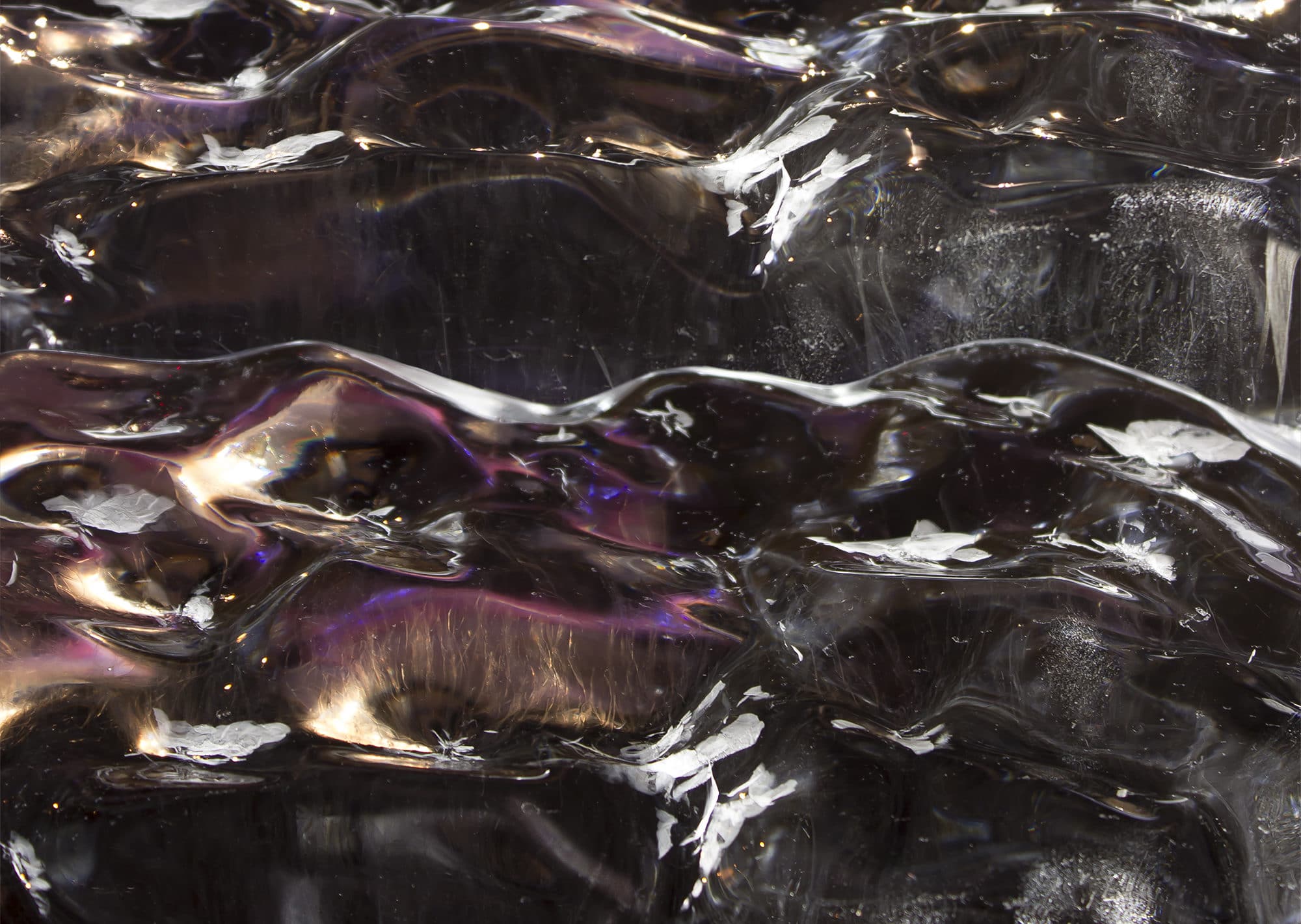Installations
We began making sculptures incorporating televisions and video screens in the early 90’s. These are artworks from objects that are in transition between older and newer forms of reading and distributing information.
With Y2K, sculptures of wall and alarm clocks with video of people in discomfort expressed distress and anxiety moving between extreme emotions of laughing and crying.
In the early 2000’s we invented primary lens projection systems making war films smaller than the naked eye could see commenting on the government and media’s disinformation campaign to confuse fiction and reality.
In 2007 we organized plein aire drawing competitions using closed circuit video, live streaming and the virtual world of Second Life as tropes for the affordable housing crisis in the most expensive cities in the U.S.
History’s Garden, 2006

Installations
We began making sculptures incorporating televisions and video screens in the early 90’s. These are artworks from objects that are in transition between older and newer forms of reading and distributing information.
With Y2K, sculptures of wall and alarm clocks with video of people in discomfort expressed distress and anxiety moving between extreme emotions of laughing and crying.
In the early 2000’s we invented primary lens projection systems making war films smaller than the naked eye could see commenting on the government and media’s disinformation campaign to confuse fiction and reality..
In 2007 we organized plein aire drawing competitions using closed circuit video, live streaming and the virtual world of Second Life as tropes for the affordable housing crisis in the most expensive cities in the U.S.
History’s Garden, 2006

Micro-Projections
In Memory of Truth (2003) our first micro-projection installation created a space where people really had to make an effort to apprehend an image. Because they couldn’t see it without the aid of a magnifying glass. (Exhibited during the preparations for the second invasion of Iraq.)
In History’s Garden, (the second micro-projection using this technology in 2006) faces of refugees from Central Europe and the Middle East peer out from a metronome’s counterweight measuring their mournful journey.

Lunar Drawing Contests
Will artists in the future have to inhabit the moon? Crater New York (2007) and Crater Bay Area (2008) link the survival of artists in New York and San Francisco with the two cities’ skyrocketing real estate.
Using the moon as a futuristic landscape, the lunar drawing contests offered contestants the choice of easels or computer work stations to draw from. Jurors evaluated their art awarding three winners deeds to land on the Moon.

Installations 1992-2000
From 1991-2001, our installations concerned the relation of media to our daily lives. The installations incorporated everyday objects: books, newspapers, and clocks with video screens inside them as a way to connect older forms of media with the present.
